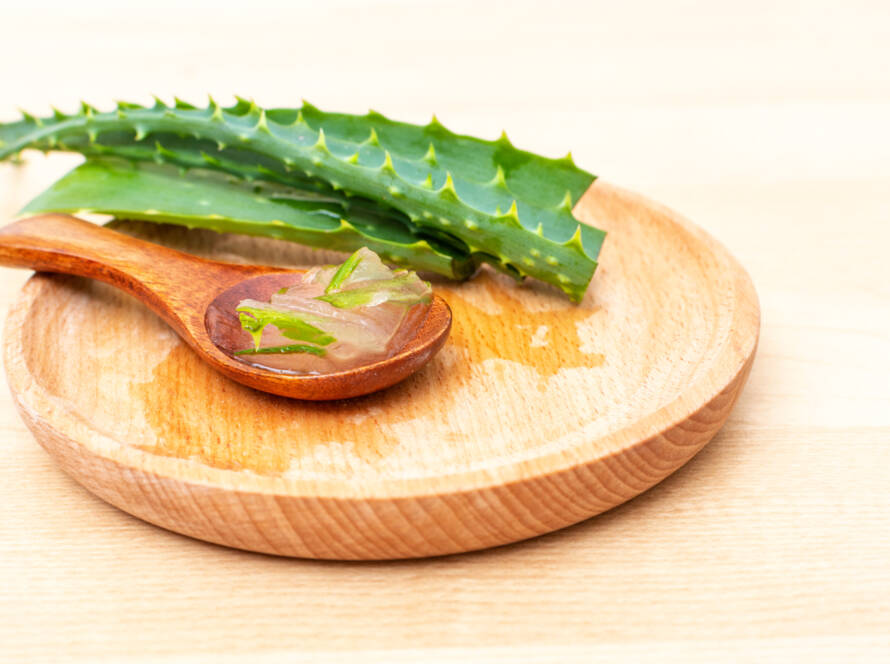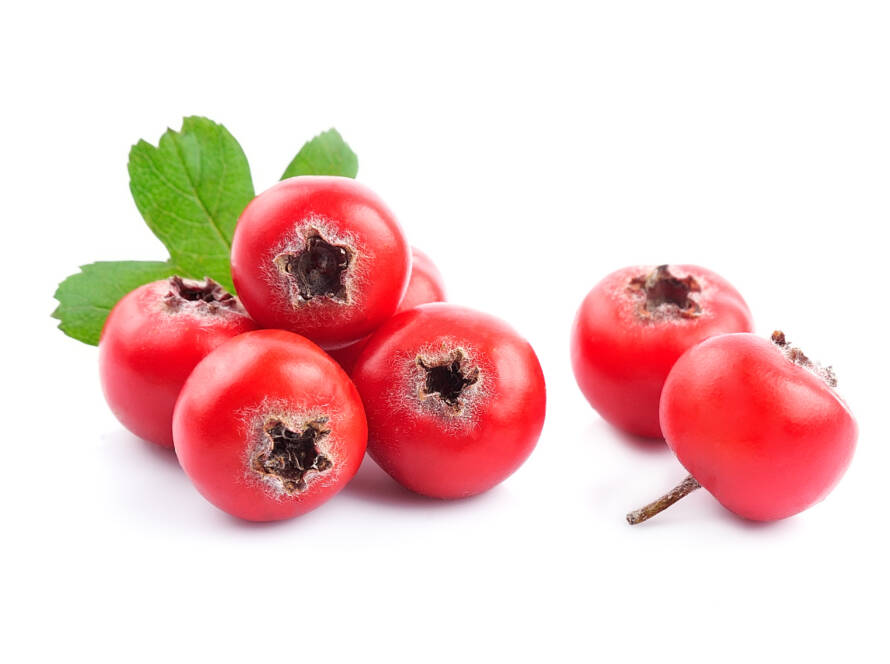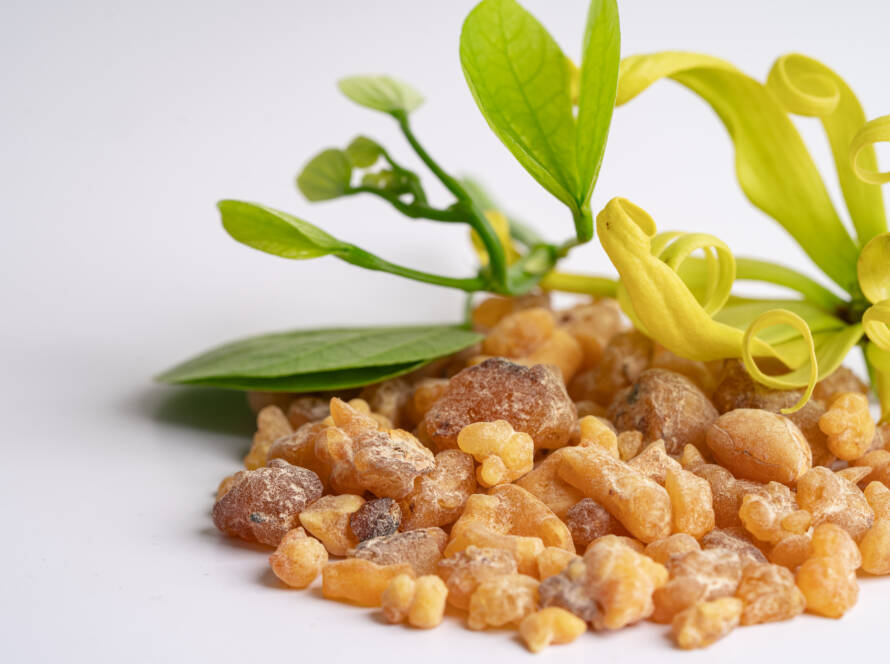Boneset
Introduction
This fact sheet provides essential information about boneset, a plant commonly found in swamps, marshes, and along shores, ranging from Canada to Florida and west to Texas and Nebraska.
Common Names
- Boneset
- Thoroughwort
- Vegetable Antimony
- Feverwort
- Agueweed
- Indian Sage
- Sweating Plant
- Eupatorium
- Crosswort
- Thoroughstem
- Thoroughwax
- Wild Isaac
Latin Name
- Eupatorium perfoliatum
Uses
- Early settlers utilized boneset to treat various ailments, including rheumatism, dropsy, dengue fever, malaria, pneumonia, and influenza. The name “boneset” originates from its use in treating breakbone fever, a term for the high fever associated with influenza.
Administration
Boneset is traditionally consumed as a tea or tincture. To prepare the tea, add boiling water to 1/4-1/2 teaspoon (1-2 grams) of the dried herb and let it steep covered for ten to fifteen minutes. It is recommended to drink up to three cups (750 ml) a day, although the tea is quite bitter. The tincture can be taken in doses of 1/4-3/4 teaspoon (1-4 ml) three times daily.
Scientific Evidence
- There are few reports of adverse effects associated with boneset; however, the FDA has classified it as an “Herb of Undefined Safety.”
Side Effects and Cautions
- Ingesting large amounts of boneset tea or extracts may lead to severe diarrhea.



